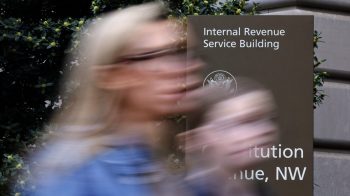When you hear about banks like Goldman Sachs returning their TARP money, you might think that means the taxpayer is getting something like a refund. Or that those funds will go to reducing the government’s bailout debt. No. In fact, it may mean the government will spend more money.
Clusterstock explains it this way:
You see, returned TARP funds become part of the general revenue of the federal government. The money is treated just like money paid by taxpayers. It simply becomes part of the income of the government that will be spent by politicians and bureaucrats. There’s no lockbox or segregated fund. It works just like Social Security taxes: the income just gets spent for whatever the government decides to spent money on.
Not only that, but when banks pay back their money, that increases the amount available in the TARP fund. The $700 billion is the maximum amount that can be outstanding at any one time.
Right now about $134.5 billion remains out of the original $700 billion. When Goldman repays the its $10 billion TARP funding, that amount will grow to $144.5 billion.
Which means the government can give it to another bank (or insurance company).
It doesn’t go back to the taxpayer. Of course, you weren’t taxed in order to create the $700 billion either. Not yet anyway.
There’s a lot happening in the world. Through it all, Marketplace is here for you.
You rely on Marketplace to break down the world’s events and tell you how it affects you in a fact-based, approachable way. We rely on your financial support to keep making that possible.
Your donation today powers the independent journalism that you rely on. For just $5/month, you can help sustain Marketplace so we can keep reporting on the things that matter to you.


















